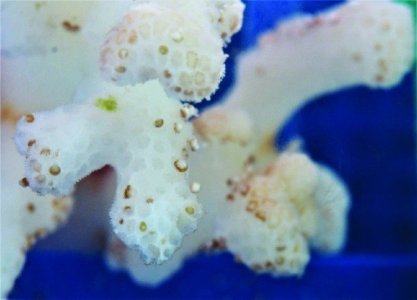Had a baby monti show up in one of the systems I take care of! 
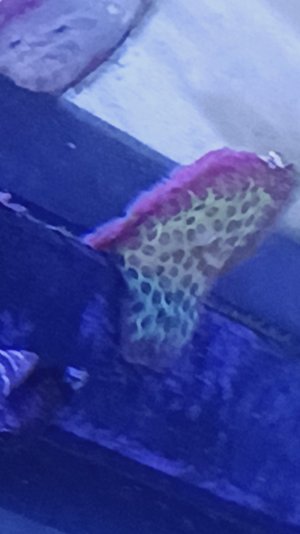
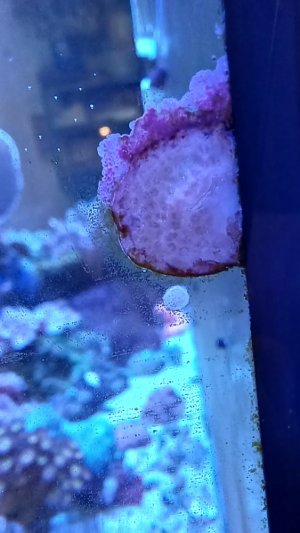
There's 4 different monti colonies that could be the parents, a superman, sunset and 2 we don't remember the names of.
Superman Monti
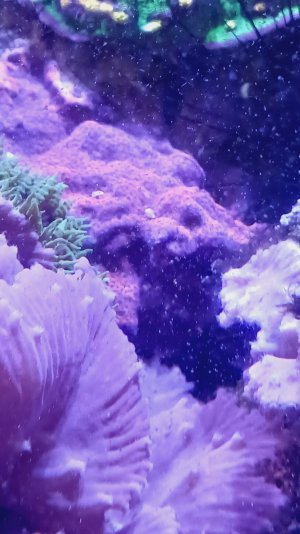
Sunset Monti

Forgotten Monti #1 (Very fast growing, this is it's second location. Compared to the other 3 montipora colonies, this one grows about 4 times faster.)
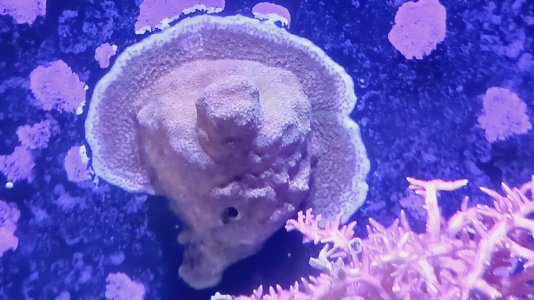
Forgotten Monti #2
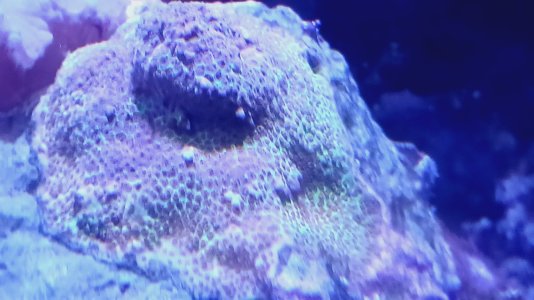
This system was set up about 4 years ago. I was asked to take over maintenance about 2 years ago (life happens). Aquarium is a Red Sea 450 with Kessils. No skimmer, filter socks but they haven't been cleaned in over well over 2 years. Refugium with cheato (slow growing, none was harvested for several years). Return pump and 4 power heads. Water changes varied between monthly and weekly with RO/DI. Feeding is frozen typically once a day. PH 8.1 to 8.4 (API). Alkalinity 5 to 10 dKH (Salifert and API). Calcium 300 mg/l to 420 mg/l (Salifert and API). PO4 undectable to .16 mg/l (Salifert and Red Sea) Nitrates undetectable to 1 mg/l (Salifert and Nyos)
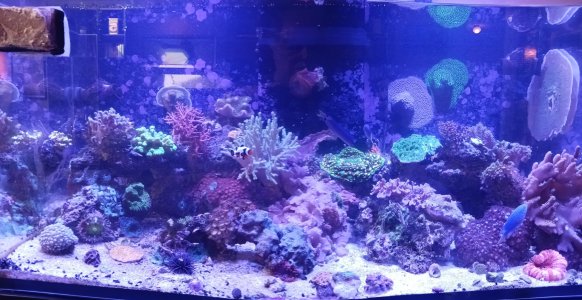


There's 4 different monti colonies that could be the parents, a superman, sunset and 2 we don't remember the names of.
Superman Monti

Sunset Monti

Forgotten Monti #1 (Very fast growing, this is it's second location. Compared to the other 3 montipora colonies, this one grows about 4 times faster.)

Forgotten Monti #2

This system was set up about 4 years ago. I was asked to take over maintenance about 2 years ago (life happens). Aquarium is a Red Sea 450 with Kessils. No skimmer, filter socks but they haven't been cleaned in over well over 2 years. Refugium with cheato (slow growing, none was harvested for several years). Return pump and 4 power heads. Water changes varied between monthly and weekly with RO/DI. Feeding is frozen typically once a day. PH 8.1 to 8.4 (API). Alkalinity 5 to 10 dKH (Salifert and API). Calcium 300 mg/l to 420 mg/l (Salifert and API). PO4 undectable to .16 mg/l (Salifert and Red Sea) Nitrates undetectable to 1 mg/l (Salifert and Nyos)

Last edited:

